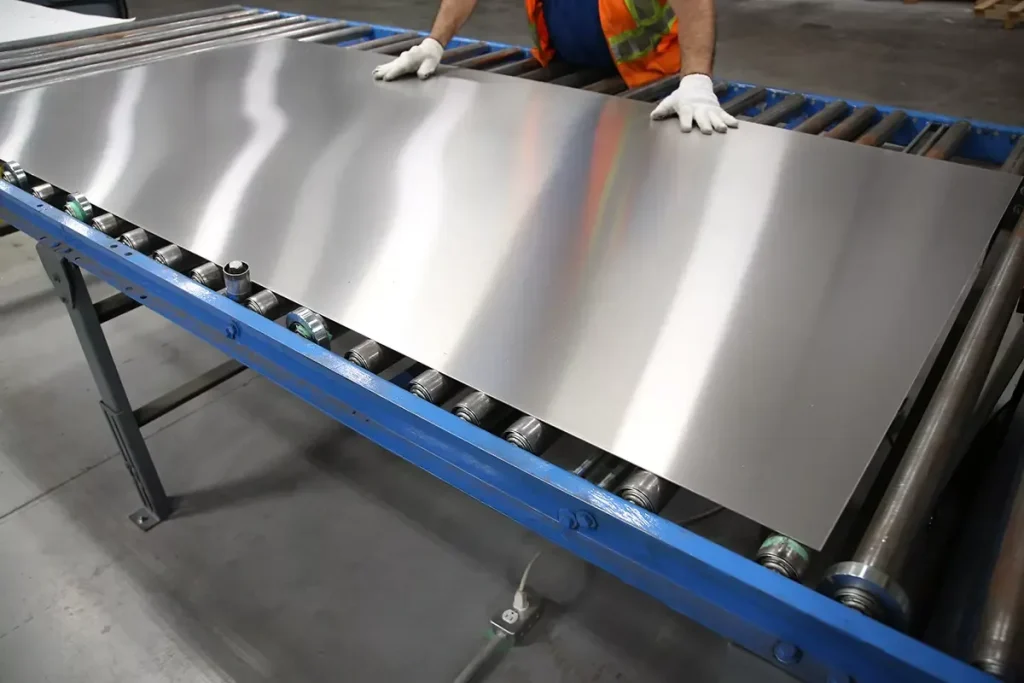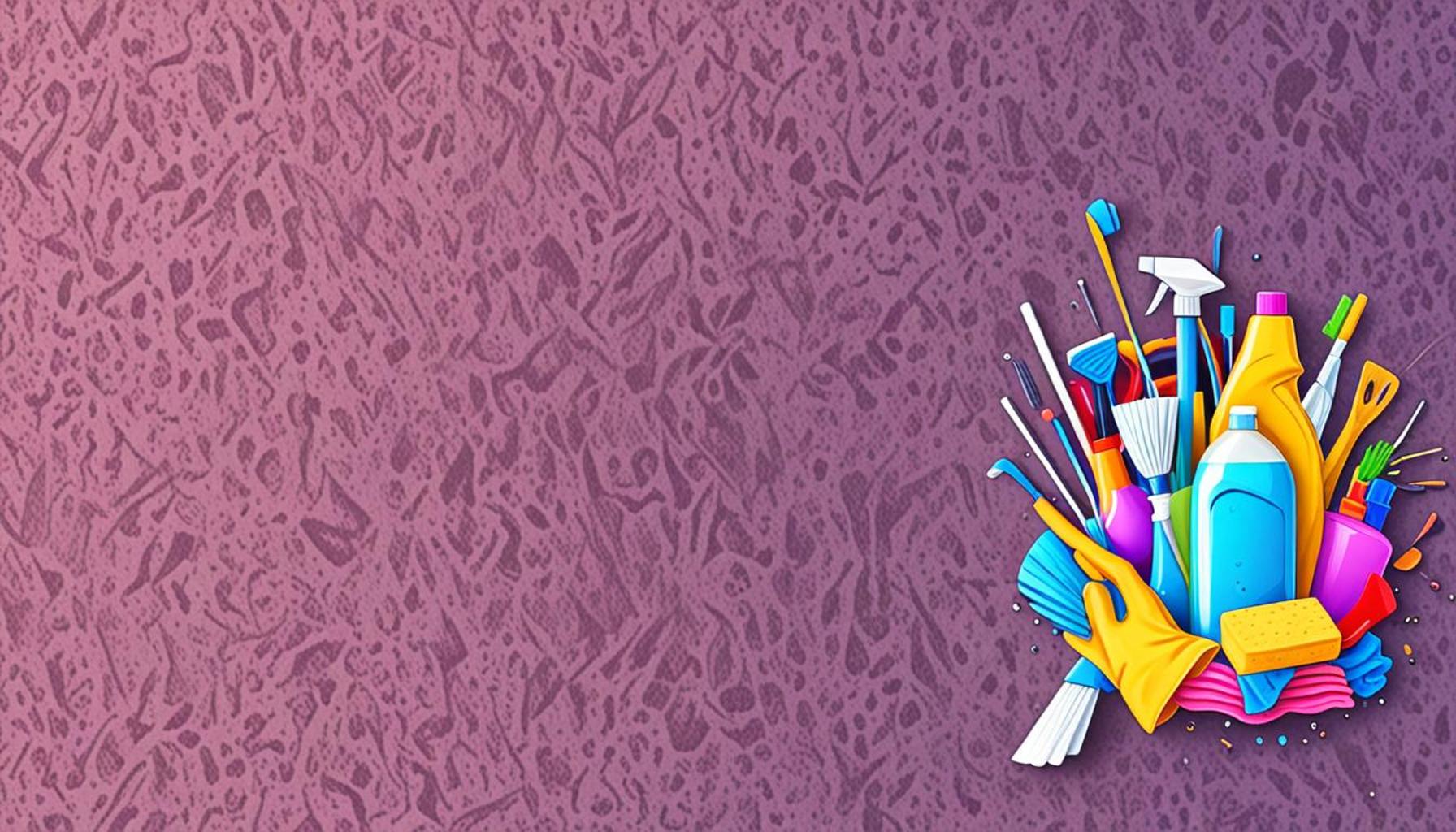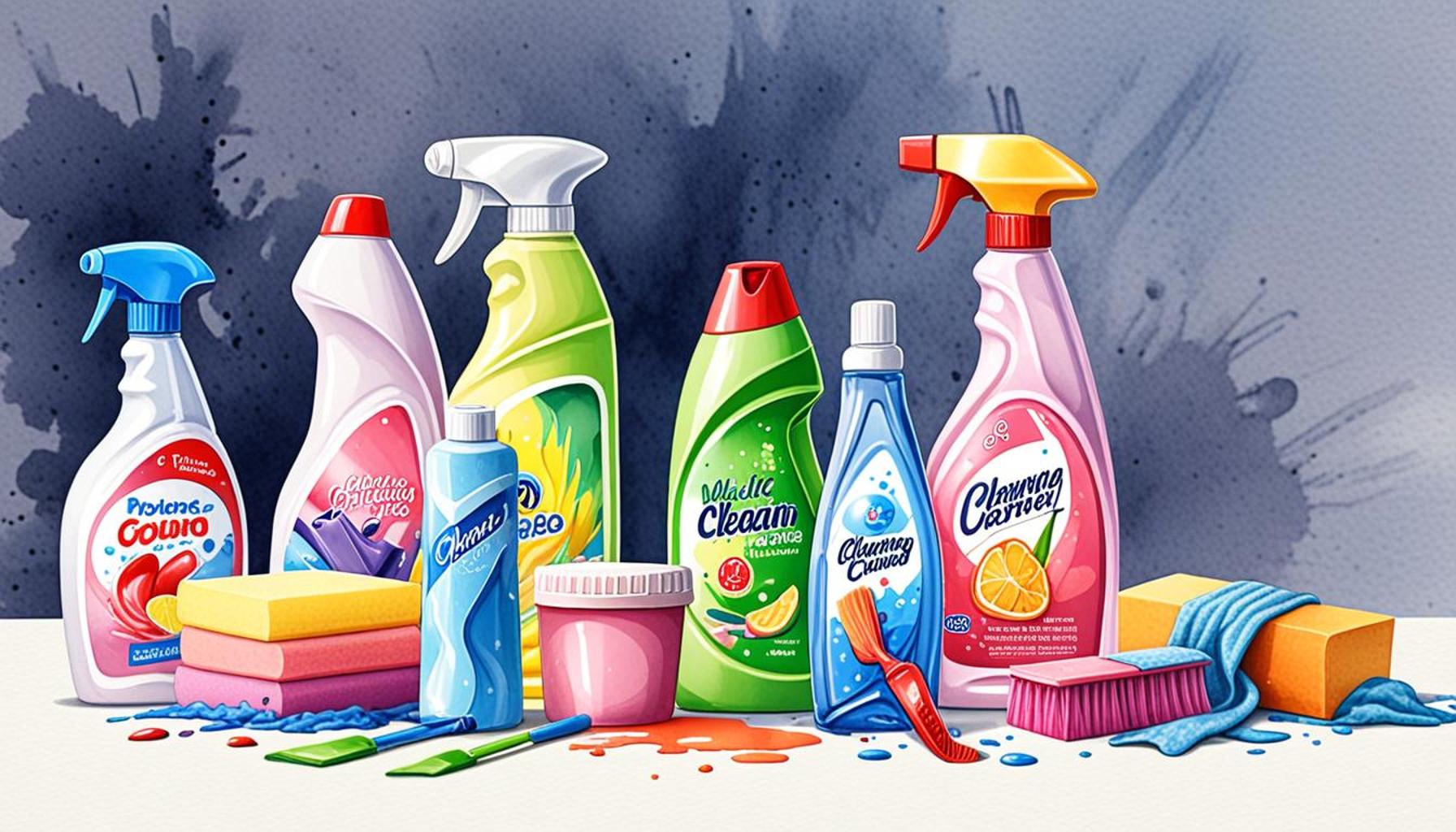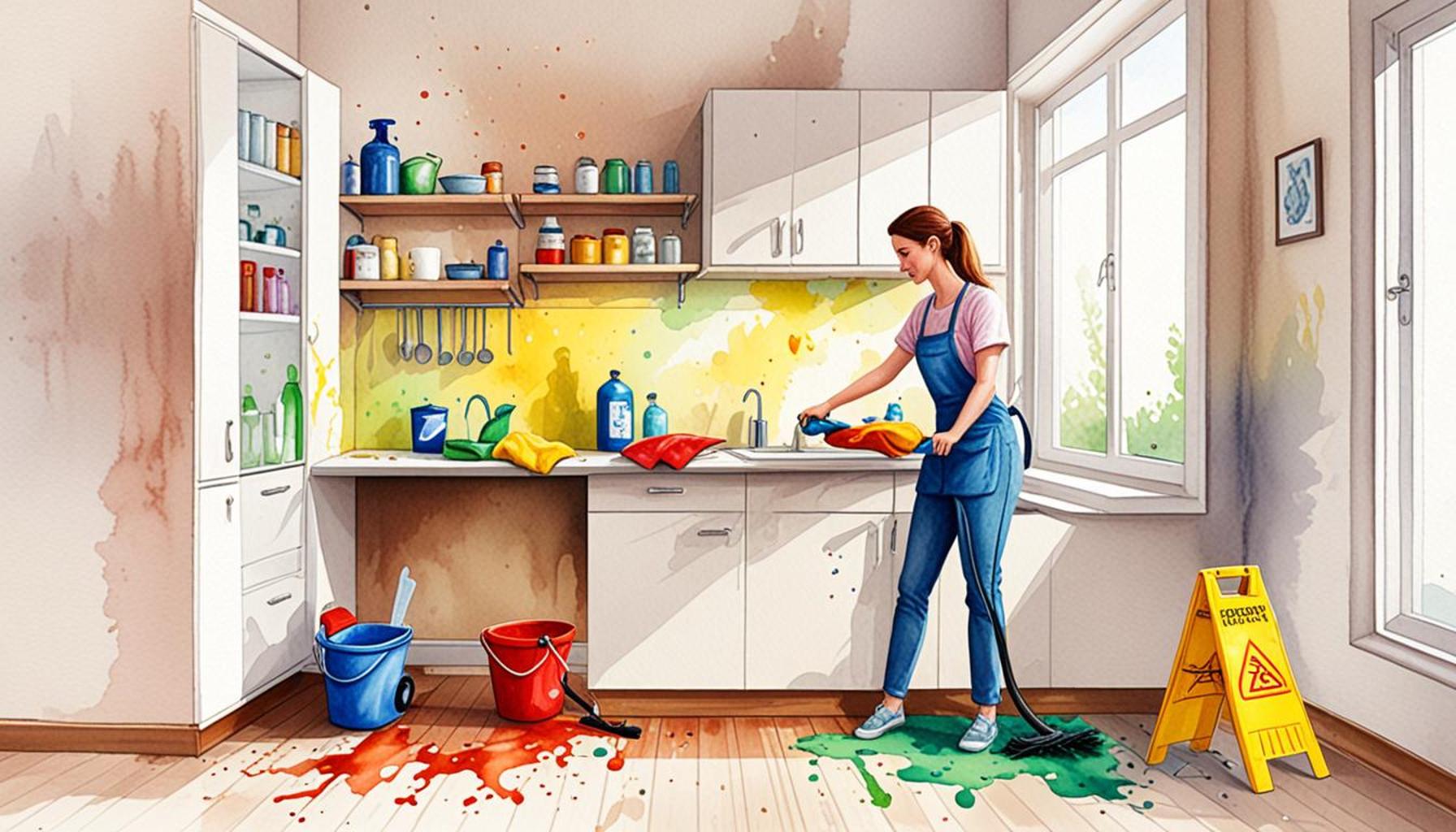Impact of Surface Materials on Cleaning Method Selection: What You Need to Know

The Crucial Role of Surface Materials in Effective Cleaning
Cleaning might seem straightforward, but the choice of cleaning methods significantly depends on the type of surface materials involved. From residences to expansive commercial spaces, each surface presents unique challenges that can dictate the most effective cleaning approach. Understanding these differences is essential for achieving optimal cleanliness, maintaining the aesthetic appeal, and ensuring durability.
Consider these common surfaces:
- Hardwood Floors: These elegant surfaces require gentle cleansers specifically formulated for wood to avoid damaging the finish. Using excessive water can warp or stain the wood, while harsh chemicals may strip away protective layers. For regular maintenance, a simple mixture of water and vinegar can preserve their shine without causing harm.
- Tile: The rigors of daily life often lead tiles to accumulate grime and stains. Therefore, a mix of chemical and abrasive techniques is often necessary. For example, using a baking soda paste can effectively cut through tough stains on grout while protecting the integrity of the tile. Sealing the grout also prevents future staining, making it easier to maintain.
- Glass: For windows and mirrors, a streak-free solution is non-negotiable. Traditional ammonia-based cleaners can effectively cut through smudges and dirt, providing clarity. However, alternatives like vinegar and water are more environmentally friendly and just as effective for routine cleaning.
Additionally, varying surface materials come with their own sets of attributes that should be understood:
- Porosity: Materials like stone, such as granite or marble, absorb stains, hence requiring specific cleaning agents that penetrate and lift stains without compromising the stone’s integrity. It is advisable to use pH-neutral cleaners for these surfaces, as acidic or alkaline solutions can lead to etching.
- Dirt Resistance: Non-porous materials like glass or synthetic countertops may require less frequent cleaning due to their resistance to absorption. Regular dusting and occasional deep cleaning can help maintain their appearance without the constant need for strong chemicals.
- Durability: Understanding a material’s resilience will influence the chosen cleaning method. For example, laminate surfaces can withstand harsh scrubbing, while sensitive fabrics like upholstery may require more delicate approaches such as steam cleaning or enzyme-based cleaners.
As we delve deeper into this topic, we will explore how surface materials directly influence your cleaning method selections. Knowing the right approach can enhance your cleaning efficiency, prolong the life of your surfaces, and even ensure a healthier environment. For instance, improper care of natural wood or stone can lead to costly repairs or replacements. Are you ready to discover more about how the surfaces in your home or workplace dictate your cleaning strategies? Understanding these nuances not only makes cleaning easier but also adds a layer of sophistication to your approach, inspiring you to maintain a cleaner and healthier living or working space.
DON’T MISS: Click here to learn how to avoid common cleaning mistakes</

Understanding Surfaces: The Foundation of Effective Cleaning
The variety of surface materials in any given environment plays a pivotal role in determining the appropriate cleaning methods. Different surfaces respond uniquely to various cleaning agents and techniques, making it crucial to understand their properties before diving into your cleaning routine. Below, we will explore the significance of key surface attributes and how they influence the way we maintain cleanliness.
The Surface Spectrum: Key Attributes
Understanding a surface’s composition and characteristics should inform your choice of cleaning methods. Here are some critical attributes to consider:
- Hardness: Hard surfaces like stone and tile require robust cleaning methods, while softer materials like laminate and certain fabrics call for gentler approaches. For instance, aggressive scrubbing may damage a soft surface, whereas it would be necessary to dislodge dirt from resilient stone.
- Absorbency: Porous materials, such as untreated wood or brick, often retain moisture and stains. This necessitates the use of cleaners that can effectively penetrate without causing damage. Products such as penetrating oils for wood not only clean but also condition the material to prevent future stains.
- Finish: The finish on surfaces can dictate cleaning techniques; for example, gloss finishes may be more susceptible to streaking, requiring specific non-ammonium cleaners to achieve a shine without marks. Conversely, matte finishes need cleaners that don’t leave residue, as any deposits would be visibly apparent.
- Color Stability: Colored surfaces may fade or discolor when exposed to harsh cleaning agents. It’s crucial to choose color-safe products for completed surfaces such as upholstery and carpets to prevent altering their original hue.
Environmental Considerations in Cleaning
As consumers become increasingly eco-conscious, understanding the environmental implications of cleaning methods is essential. Many traditional cleaning products contain harsh chemicals that can harm both your surfaces and the environment. Utilizing eco-friendly alternatives, such as natural cleaning agents made from vinegar or baking soda, can yield effective results while minimizing chemical exposure.
Moreover, the rise in popularity of sustainable cleaning products highlights the importance of choosing surface-specific cleaners. When selecting a cleaner, it’s vital to ensure it aligns with the material; for instance, using a highly acidic solution on marble can lead to irreversible damage.
In conclusion, recognizing the inherent properties of different surface materials not only aids in choosing the proper cleaning methods but also enhances the lifespan and appearance of these surfaces. Whether you’re a homeowner or a facility manager, navigating these considerations can empower you to create a cleaner and more sustainable environment. Are you ready to dive deeper into how surface materials shape your cleaning choices? Let’s explore further!
| Surface Material | Cleaning Method Recommendation |
|---|---|
| Ceramic Tile | Use a mild detergent with a soft mop to prevent scratching. |
| Stainless Steel | Opt for a non-abrasive cleaner to maintain shine and prevent corrosion. |
| Laminate | Employ a damp cloth with gentle cleaners to avoid warping. |
| Wood | Utilize a pH-balanced cleaner to avoid damaging the finish. |
When considering the impact of surface materials on cleaning methods, it is crucial to understand that different materials require tailored approaches to ensure longevity and aesthetic appeal. For instance, cleaning methods vary substantially between durable ceramic tiles and sensitive wood surfaces. Overzealous cleaning can damage delicate finishes, while neglecting the right method can lead to buildup that detracts from the surface’s beauty.Furthermore, awareness of cleaning compatibility encourages homeowners to optimize their cleaning routines effectively. As we delve deeper into this topic, one must recognize that choosing the wrong cleaning technique can result in costly replacements, which is a significant consideration for homeowners and property managers alike. With proper knowledge, it becomes evident that understanding the properties of each surface can transform routine maintenance from a burdensome task into an efficient and rewarding practice. The next phase in our exploration will encompass the implications of incorrect cleaning methods on the lifespan of various materials, enhancing your knowledge and skills in surface care. Stay tuned for valuable insights that will aid you in selecting the most effective cleaning practices tailored to your specific surface materials.
DISCOVER MORE: Click here to learn how to adjust your cleaning routine with the seasons
Selecting the Right Cleaning Method: A Material-Centric Approach
As we navigate the complexities of surface materials, the decision-making process surrounding cleaning methods becomes increasingly nuanced. It’s essential to realize that each type of surface commands specific care, effectively steering the direction of cleanliness in both residential and commercial spaces.
Understanding Surface-Specific Cleaners
An effective cleaning routine hinges on the use of surface-specific cleaners. For example, when dealing with stainless steel, the market offers specialized cleaners that adhere to a thin layer of oil, polishing while repelling fingerprints and smudges. Using all-purpose cleaners can leave streaks and a residue that invites further cleaning efforts, highlighting the importance of tailoring your approach to the material’s unique requirements.
Tile and grout areas present another challenge. These surfaces often accumulate dirt in nooks and crannies, necessitating high-pressure steam cleaning or alkaline cleaners for effective removal without scratching or damaging the surface. A product designed specifically for grout can aid in removing stains without overly aggressive scrubbing that could strip the tile’s finish or compromise its integrity.
Adequate Technique: More Than Just Products
While selecting the right products is a foundational step, understanding cleaning techniques specific to each material is equally vital. For example, cleaning glass surfaces typically requires a squeegee or microfiber cloth with a gentle cleanser to mitigate streaks; aggressive cleaning tools can cause scratches and create more work. In contrast, surfaces such as laminate benefit from a soft cloth and pH-neutral cleaners to preserve their finish, preventing peeling and discoloration.
Furthermore, the adeptness of the cleaning method can make or break the outcome. Consider wooden surfaces that require cleaning in the direction of the grain, which helps to avoid scratches and preserves the wood’s natural look. Utilizing cleaners designed for wood can incorporate nourishing oils that not only clean but also condition, extending the life of the surface.
Safety and Surface Reactions: Knowledge is Key
Another crucial aspect is understanding how various cleaners interact with your surfaces. Some surfaces may react negatively to particular chemicals—acidic cleaners can etch limestone or marble, while harsh solvents can strip away protective coatings on vinyl flooring. Being informed about these reactions can prevent costly damage and prolong the lifespan of your investments.
Moreover, protective measures should be taken during the cleaning process. For instance, always test a new cleaning solution in a discreet area to observe any adverse reactions before full application; this approach can save you from potential disasters.
Trends in Cleaning Technology: Innovations on the Horizon
The advancements in cleaning technology also highlight the ongoing evolution of surface materials and their care. The development of robotic cleaners designed to adapt to various surfaces is gaining traction in households and commercial entities alike. Equipped with sensors, these devices can determine appropriate cleaning techniques based on the detected material, taking the guesswork out of the equation.
In addition, eco-conscious cleaning innovations showcase the shift towards biodegradable cleaners safe for all surfaces, prompting users to seek out adaptable products that address the needs of a broad range of materials without compromising effectiveness.
By familiarizing yourself with the intricate relationship between surface materials and cleaning methods, you can create a systematic approach that not only achieves superior cleaning results but also promotes the longevity and beauty of your surfaces. Are you beginning to see how crucial each decision can be? Let’s delve even deeper!
DISCOVER MORE: Click here to learn how organization affects productivity
Conclusion: Navigating the Landscape of Surface Care
Understanding the impact of surface materials on cleaning method selection is crucial for both enhancing cleanliness and preserving the integrity of various surfaces. The complexity begins with recognizing that each material—from granite countertops to wooden furniture—has unique characteristics that dictate the best approach for cleaning. Choosing surface-specific cleaners is not just about efficacy; it is also a matter of protecting your investments from accidental damage.
Moreover, utilizing the appropriate cleaning techniques tailored to each surface can significantly enhance the outcomes of any cleaning regimen. Awareness of how different cleaning agents interact with specific materials can save consumers from costly repairs and dissatisfaction. As technology advances, innovations such as smart cleaning devices and environmentally friendly cleaners are paving the way for more efficient and sustainable practices in surface care.
Ultimately, an informed approach to cleaning not only maintains the aesthetic appeal of your surfaces but also extends their lifespan. By integrating knowledge of materials with the latest cleaning methodologies, individuals and businesses alike can foster environments that are not only clean but also visually appealing.
As we move forward, staying updated on industry trends and best practices in surface care remains essential. Embrace the responsibility of being a savvy cleaner—after all, the life of your surfaces depends on the choices you make today. With this knowledge in hand, delve deeper into the intersection of material types and cleaning methods, and keep your spaces shining brightly and lasting longer.


